- 01562744788
- enquiries@central-profiles.co.uk
- Mon - Fri: 8am - 5pm
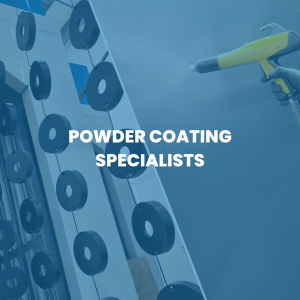
“Our customers rely on us to deliver a quality service and we strive to exceed their expectations every time. That’s why we’re proud to announce our new fully automated Powder Coating line, that enables us to powder coat faster than ever before without sacrificing quality” Russell Flory
For the perfect finish on your metal components, the preparation of the parts before powder coating is crucial. The first step we do involves thorough cleaning and degreasing of all parts and a pre treatment.
Dirt, oil & grease, from the surface of the item must be removed or it can lead to problems further down the line such as:
Poor adhesion: Powder coating requires a clean and dry surface to adhere properly. If the surface is contaminated with dirt, oil, grease, or other substances, the powder coating may not adhere well.
Surface defects: Such as bubbles, craters, or pinholes in the powder coating. These defects can compromise the performance and appearance of the part.
Corrosion: Contaminants left on the surface of the part can create a barrier between the powder and the metal substrate, leading to corrosion. This can cause the part to deteriorate prematurely and fail earlier than expected.
Reduced durability: A poorly cleaned surface can compromise the durability of the powder coating. The coating may wear off or chip more easily, leading to a shorter lifespan for the part.
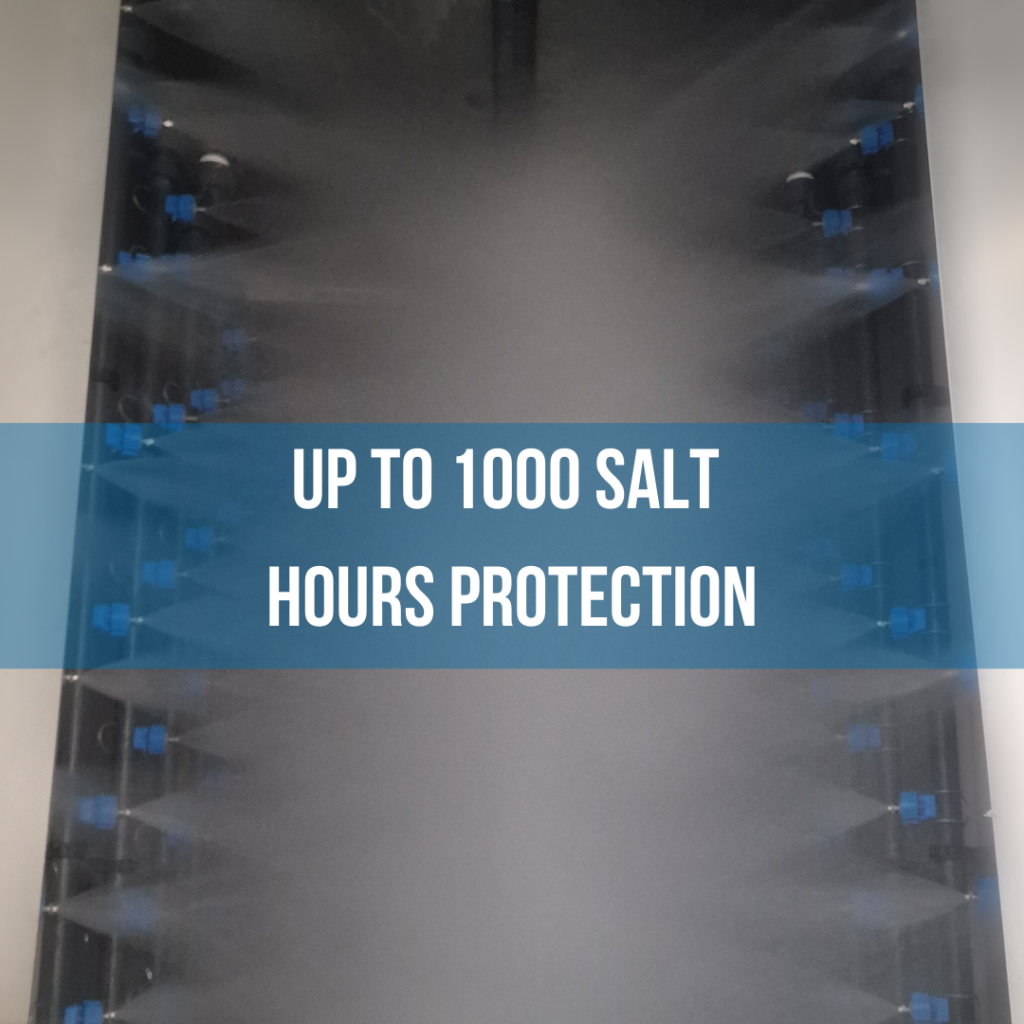
“Don’t settle for anything less than the best. Our top-notch powder coating process will help ensure that your metal components have a pristine finish that lasts.”
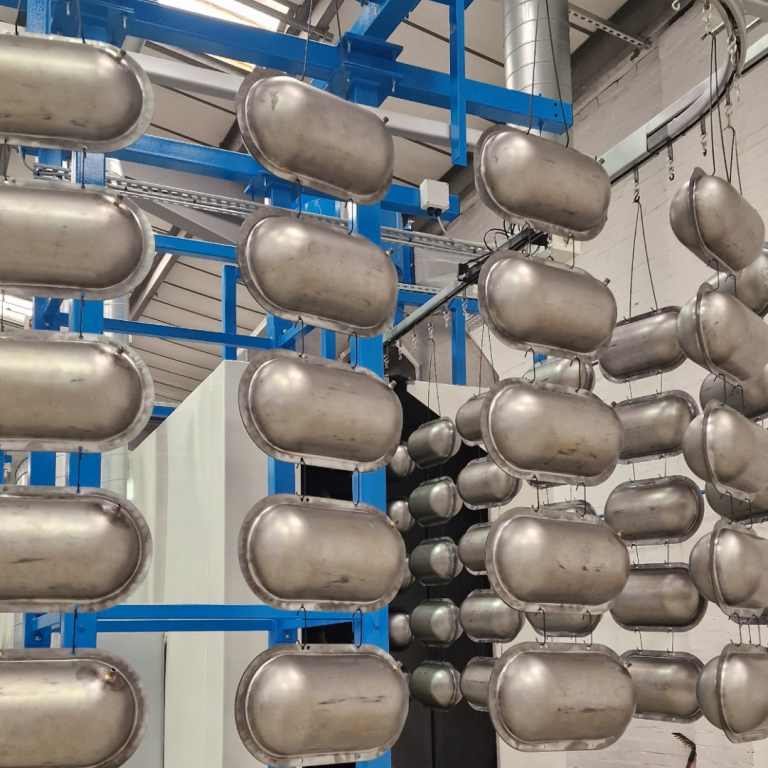
Once the metal surface is prepared, the powder coating is applied using multiple spray guns that electrostatically charge the powder particles.
Each spray gun has a small electrode that applies an electrostatic charge to the powder as it is sprayed out of the gun. The electrostatic charge helps the powder particles adhere to the metal part uniformly and fully.
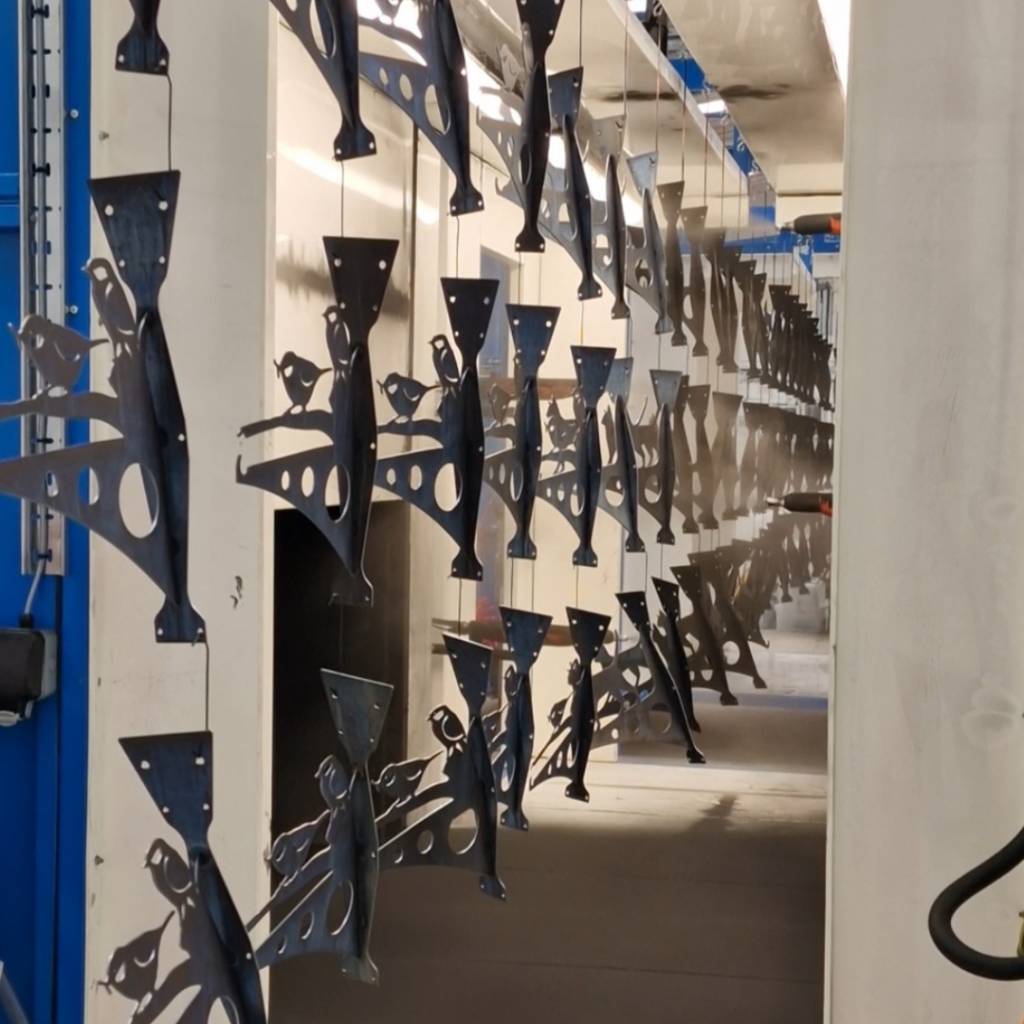
“Whether you need powder coating for industrial, automotive, or consumer applications, we have the expertise and resources to get the job done right. We offer a wide range of colours and finishes, so you can choose the look that best suits your needs and preferences”
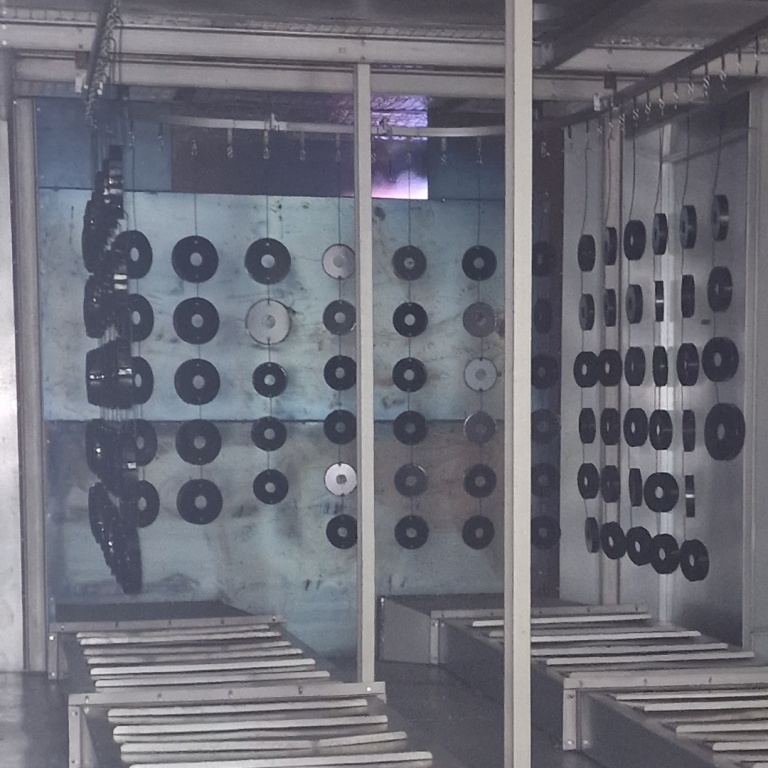
The curing process is a critical step in the powder coating process. It chemically bonds the powder coating to the metal surface, creating a durable and long-lasting finish. Here’s how the curing process typically works:
Oven Temperature: Once the oven is preheated, the metal parts go into the oven and heated to a specific temperature, typically around 200°C, depending on the powder coating material used. The part is then left in the oven for a set amount of time, usually up to 30 minutes, depending on the oven temperature and the thickness of the metal.
Curing Process: As the metal part heats up, the powder coating begins to melt and flow, forming a smooth and even surface. At the same time, the curing process begins, which chemically bonds the powder coating to the metal surface. The curing process involves a chemical reaction between the resin and hardener in the powder coating material, which creates a strong and durable finish
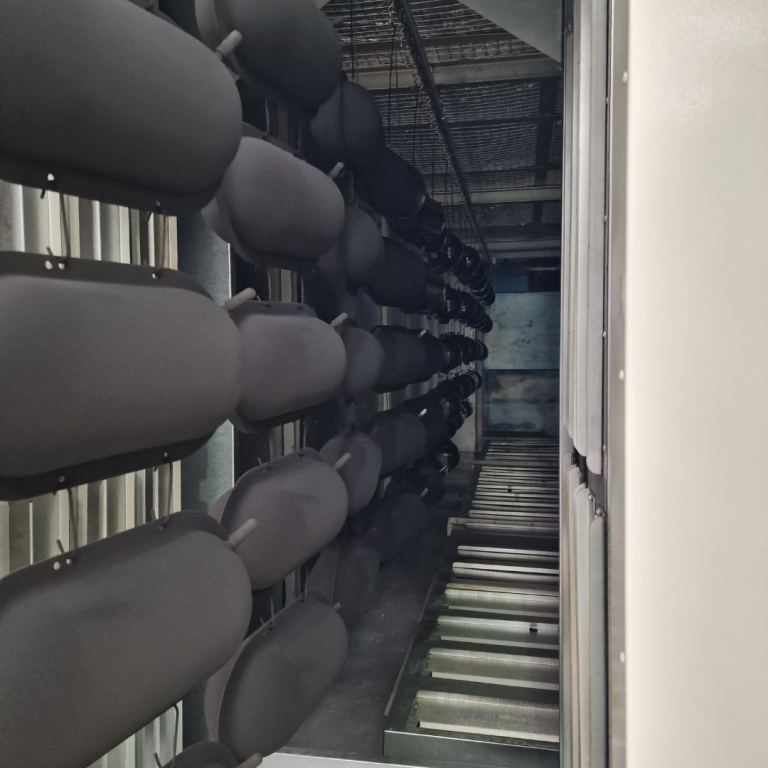
After the curing process is complete, the metal parts are removed from the oven and allowed to cool down to room temperature. This helps to ensure that the powder coating fully hardens and bonds to the metal surface.
Overall, the curing process is a critical step in the powder coating process that helps to ensure a durable and long-lasting finish. By carefully controlling the temperature and duration of the curing process, it is possible to create a finish that is resistant to chipping and scratching. Protecting and enhancing the metal part for years to come
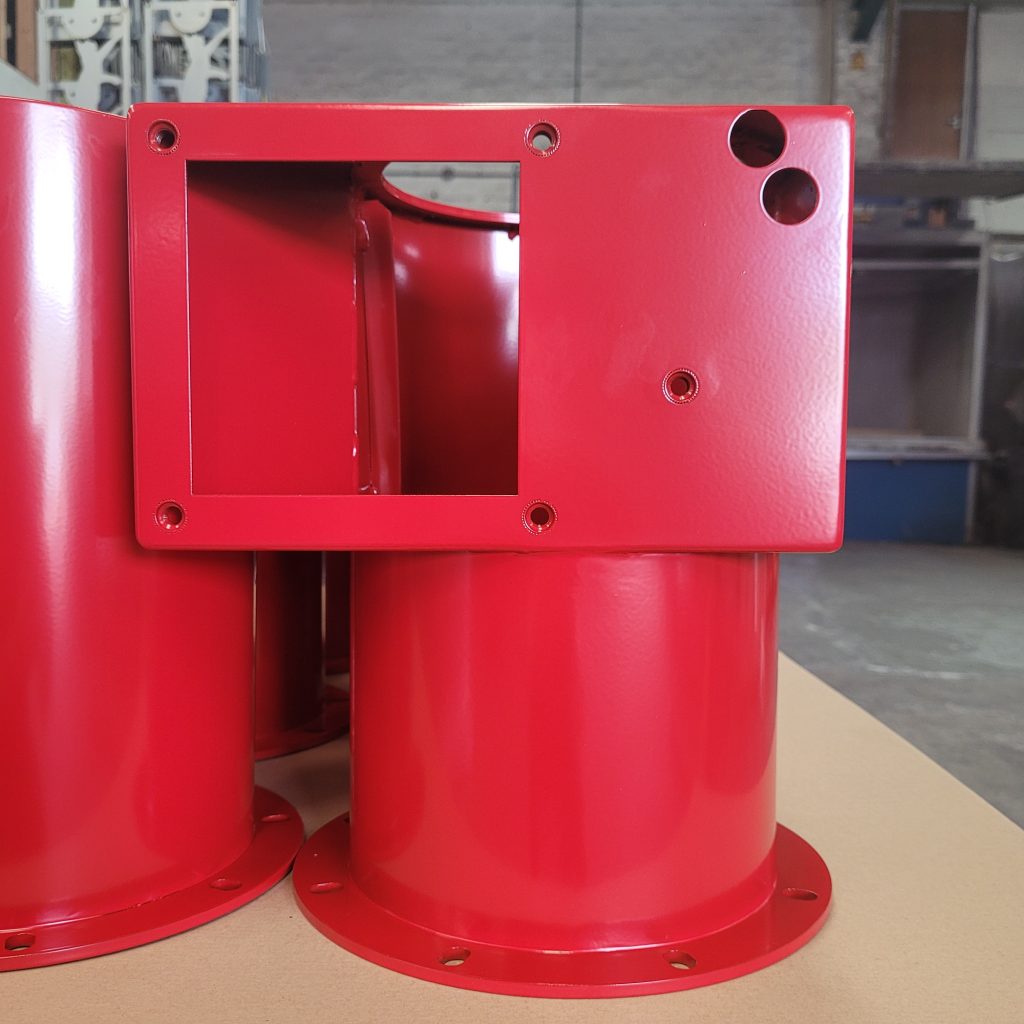
We started out in 1999 and have grown continually through an ongoing investment in machinery, software and people, even during the downturn.
© 2021 Central Profiles. All Rights Reserved. Website by Freestart Digital
